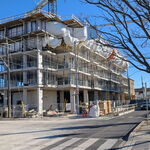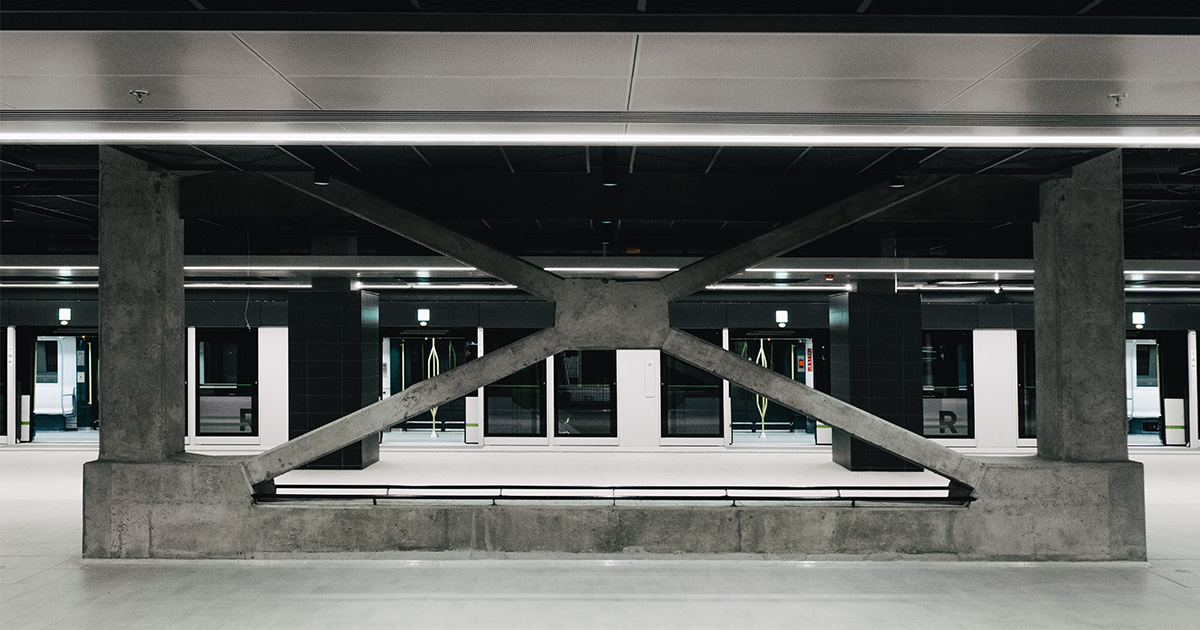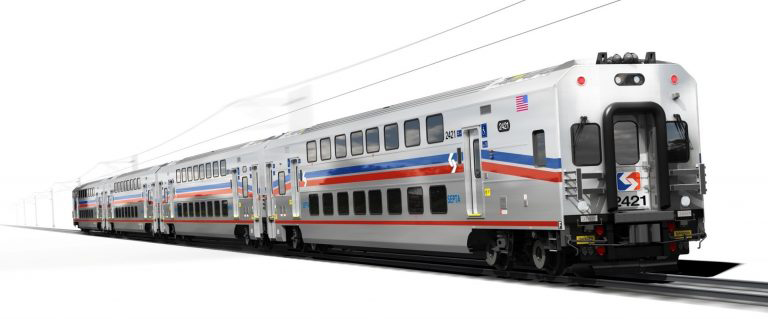The REM project is progressing well, with significant advances in recent months.
However, three major stages remain to be completed before the network is fully operational: completion of work in the Mount Royal Tunnel, testing of cars on all branches, and testing of the entire network by integrating the branches under construction with the South Shore segment already in service.
The teams worked hard to optimize deadlines. Despite this, the highly complex work to modernize the Mount Royal Tunnel is not quite finished and will continue. This means that testing of this segment will not be able to begin for the originally scheduled opening in late 2024, and will postpone the commissioning of the Deux-Montagnes and Anse-à-l’Orme branches.
Here’s a closer look at the three major stages involved before the REM is put into service.
The Mount Royal Tunnel: the backbone of the REM
The century-old 5 km-long Mount Royal Tunnel links downtown Montréal to the future Canora station. The modernization of this strategic infrastructure, which began barely three years ago, has been a huge challenge, due in particular to the discovery of century-old explosives, the rebuilding of the central wall near McGill station and the pandemic.
Today, the teams have completed all the infrastructure and are entering the installation phase for the systems required to operate the REM.
To sum up, here’s what the teams have achieved in three years, and what remains to be done between now and the start of dynamic testing:
Work to modernize the Mount Royal Tunnel over the past three years:
- Rail track upgrades: 10 km of track was upgraded to meet the requirements of a 100% autonomous electric network like the REM.
- Rebuilding of the central wall: the retaining wall was rebuilt over a distance of 5.2 km with minimal impact on surface activities, particularly in downtown Montréal.
- Tunnel rehabilitation: almost 400 metres of the tunnel were repaired, including 100 metres that were completely rebuilt.
- Station excavation: excavation work was carried out to build the future underground REM stations, Édouard-Montpetit and McGill.
- Ventilation systems: powerful fire ventilation systems have been installed to ensure everyone’s safety.
Next stages between now and late 2024
- Before dynamic testing can begin in the tunnel, there are still a number of important stages to complete, including the installation of systems such as bollards and sensors, and the laying of 600 km of electrical cables.
Some 100 workers take turns day and night, seven days a week, to keep up the pace of work in the tunnel.
Dynamic testing of cars on Deux-Montagnes and Anse-à-l’Orme branches
The commissioning of the REM depends on these tests being carried out on all branches. They enable technical problems to be identified and resolved, cars and infrastructure to be checked, and network automation to be tested.
Testing will begin in the coming weeks on the segment between Deux-Montagnes and Sainte-Dorothée stations, and will gradually continue throughout the network over the summer.
Complete network integration
Once work on the tunnel is complete, and testing of the Deux-Montagnes and Anse-à-l’Orme branches has begun, integration of the network under construction with that in operation will follow. All network components must be tested simultaneously before commissioning.








